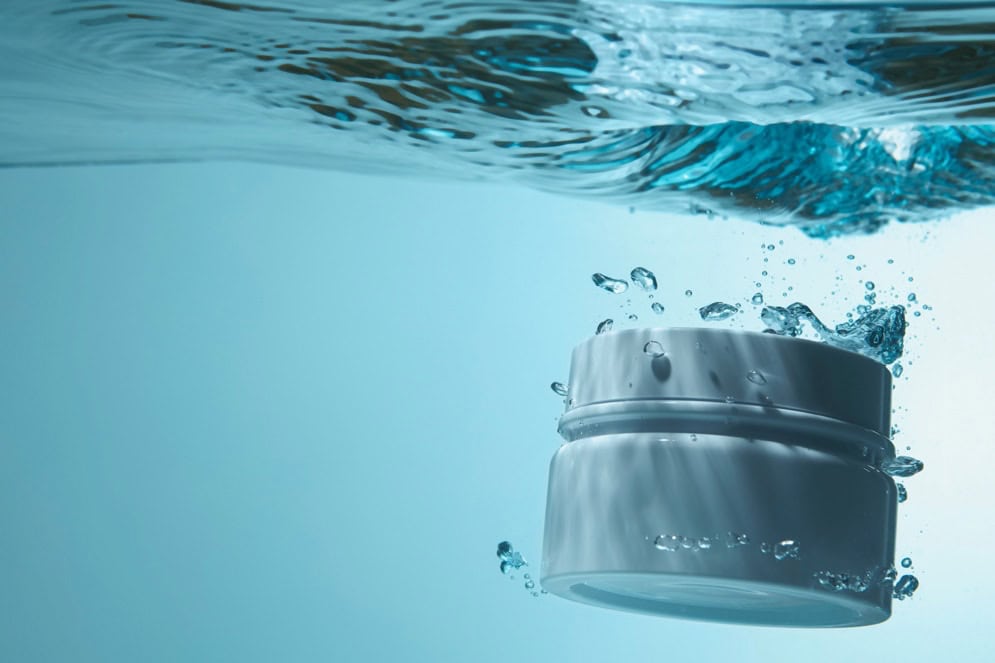Frequency declining of ultrasonic rods (transducers) in vacuum closed cleaning equipment is a critical issue that directly affects cleaning effectiveness. Due to the vacuum closed system, direct internal measurement can be difficult, but there are still some methods to indirectly or directly detect it:
1. Measuring the output frequency of the ultrasonic generator:
-
- This is the most direct detection method and can be performed outside the sealed system.
- To use a frequency counter or oscilloscope connected to the cable from the ultrasonic generator output to the ultrasonic rod.
- To measure the frequency of the electrical signal output by the generator. Ideally, this frequency should be very close to the nominal ultrasonic frequency of the equipment (e.g., 28 kHz, 40 kHz, etc.).
- If the measured frequency deviates significantly from the nominal value or is very unstable, it may indicate a problem with the ultrasonic rod (transducer) or the generator itself, causing the frequency to be unstable.
2. Monitoring the electrical parameters of the generator:
-
- Many modern ultrasonic generators have self-diagnostic functions that can display parameters such as output power, current, voltage, and impedance.
- If the frequency declining or performance degradation of the ultrasonic rod occurs, it will cause a change in the electrical impedance of the system. The generator may display abnormal impedance values or output abnormal current or voltage to maintain the set power.
- Check the display on the generator or read these parameters through the communication interface and compare them with the data during normal operation.
3. Hydrophone measurement (if the system allows):
-
- A hydrophone is a sensor specifically used to measure sound pressure and frequency in liquids.
- If the design of the cleaning equipment allows the hydrophone probe to be placed in the cleaning liquid without breaking the vacuum (e.g., through a dedicated inlet), this is the best method for directly measuring the sound field frequency in the liquid.
- To connect the hydrophone to a frequency analyzer or oscilloscope to directly observe and measure the actual operating frequency and sound pressure distribution of the ultrasonic waves in the liquid.
- However, this method is usually difficult to implement for fully sealed vacuum systems.
4. Cavitation testing:
-
- The effectiveness of ultrasonic cleaning mainly comes from the cavitation phenomenon (the generation, growth, and collapse of tiny bubbles). The ultrasonic frequency directly affects the intensity and distribution of the cavitation phenomenon.
- Although the frequency cannot be directly measured, the working state of the ultrasonic rod can be indirectly judged by testing the intensity of the cavitation phenomenon.
- Aluminum foil test: Place a small piece of aluminum foil in the cleaning liquid and start the ultrasonic waves. Observe the degree and uniformity of erosion of the aluminum foil by the impact force generated by cavitation collapse. If the erosion is weak or uneven, it may indicate a problem with the ultrasonic power or frequency.
- Glass slide test: Write on a glass slide with a pencil and place it in the cleaning liquid. Observe the speed at which the writing is removed by the ultrasonic vibration.
- Cavitation meter: Some equipment can use a cavitation meter to measure the intensity of the cavitation phenomenon in the cleaning liquid.
5. Cleaning effect verification:
-
- This is the most direct but also the most result-oriented judgment method.
- To use standard workpieces with known contamination levels for cleaning and check the cleanliness after cleaning.
- If the cleaning effect decreases significantly, even if other parameters appear normal, it may indicate a problem with the performance of the ultrasonic rod (including frequency, power, or uniformity).
6. Inspection of the physical condition of the ultrasonic rod:
-
- If possible, when the machine is stopped and safety is ensured, check the surface of the ultrasonic rod for damage, corrosion, or attachments.
- To check whether the connection between the ultrasonic rod and the tank is firm and whether the cable connection is intact. Although this does not directly measure the frequency, physical problems are a common cause of performance degradation and frequency shift.
In summary, for vacuum closed systems:
- The most practical and preferred methods are to measure the output frequency of the ultrasonic generator and monitor its electrical parameters.
- Cavitation testing and cleaning effect verification are important auxiliary means to indirectly judge the overall performance of the ultrasonic system.
- Hydrophone measurement is the most direct, but difficult to implement in sealed systems.
In view of the above, the German vacuum closed cleaning equipment sold by Eco-lander uses high-precision German ultrasonic waves, and the generator of the rod-type ultrasonic wave in the cleaning chamber itself can be used as a frequency monitoring system. This is also the advantage of the rod-type transducer.


